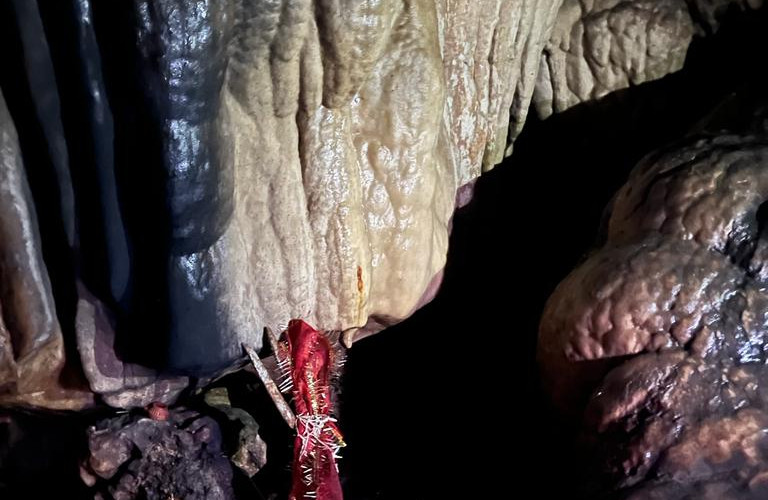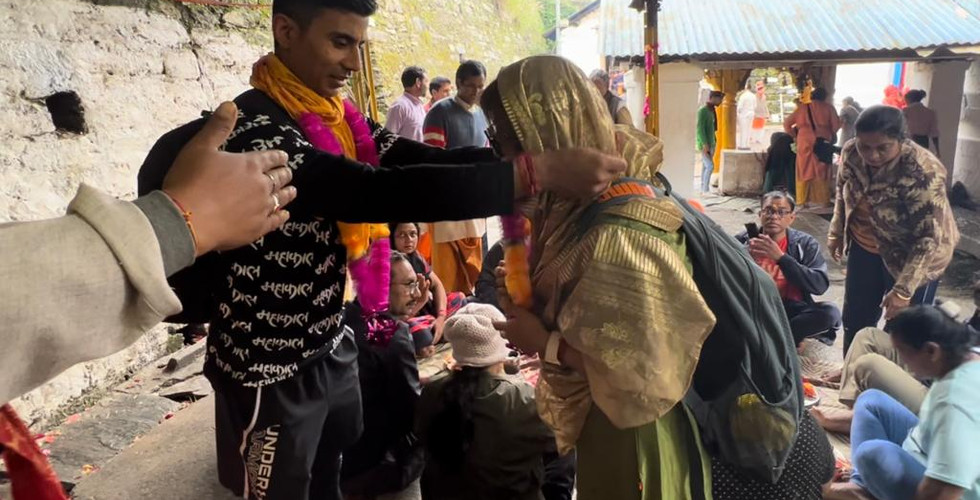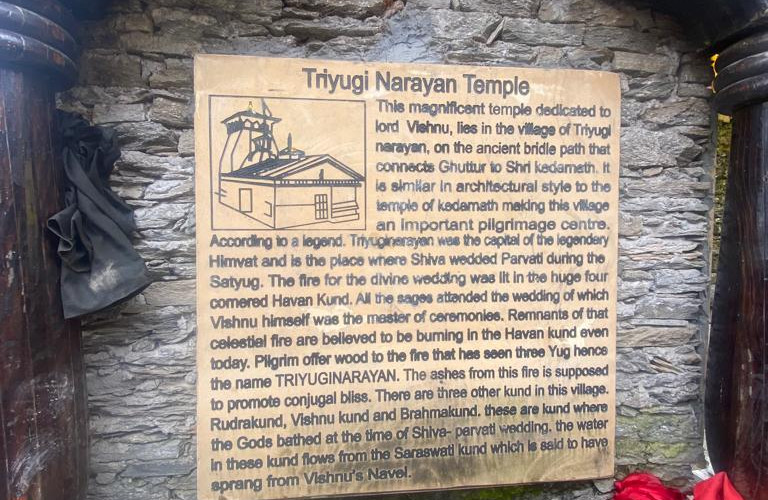Gangotri Dhaam
- contact27044
- Oct 9, 2022
- 3 min read
Part 2 of 7
The podcast of Swami Priyananda's Vedanta Talks was my first exposure to Uttarkashi. He talks about the daily ritual of ganga snan that the devotees and sanyasis undertake, as well as other aspects of Ashram life at Shiv Ananda Ashram, such as satsang, yoga, and discussions of various scriptures.
My family and I checked in at a resort right next to the Ashram to get a firsthand look at this. We made it to the ashram in time for lunch, and later that day I had the honour of meeting Swami ji, a direct disciple of Shivaanada Swami, who was coming from his walks down Ganga.
Located in Uttarkasi, the Kashi Vishwanath temple is one of the most peaceful holy locations along the Ganges. The Shivlinga, like the magnificent building housing it, has stood the test of time. The Shivlinga, with Parvati, Ganesha, and Kartikeya, resides in the holiest chamber of the main temple. The mandir's entryway is dominated by a towering Trishul. This ancient Shakti Trishul measures in at about 6 metres in height and is made of a metal that has yet to be determined. It is said that Lord Shiva used the ancient trishul to kill Baksura.
An early morning departure brought us to Gangotri, the place where the Ganges River begins and where the goddess Ganga resides. It flows down from a mountain range and gets its name from the river it first flows into, the Bhagirathi. The river is called the Ganges, or Ganga, from its beginning at Devprayag to its meeting with the Alaknanda. Historically, the first Gangotri Temple was built by Nepalese Bada Kaji Amar Singh Thapa.
It was a pleasant two hundred kilometres from Uttarkasi to Guptkasi. The beautiful pine forest along the road's route was cut out by the sacred Mandakini River. And yet, as pretty as the villages on the hills seemed, I couldn't help but wonder if the residents' daily lives were just as picture-perfect. The seven-hour trip to Guptkashi through fog tunnel and along wet pine forest, humongous lush green hills and river that helps lives thrive from hills into the vast Indian plains took 12 hours due to the bad condition of the roads, but we got there in the end.
Rain also prevented us from taking a helicopter to Kedarnath the following day. Regardless of how lengthy this Yatra may end up being, we are committed to staying on course and completing it. Due to the tremendous demand, tickets are in short supply and prices are soaring but our staff is working tirelessly behind the scenes to get tickets for us at any cost.
Our helicopter tickets haven't arrived yet, so visited the Triyuginarayan Temple in the meanwhile. This historic building honours Vishnu, one of Hinduism's main deities. This ancient temple is well-known due to the myth that the wedding of the god Shiva and the goddess Parvati took place here with lord Vishnu being the master of ceremony. The eternal flame that has been kept burning in this temple since the union of the gods gives it a special significance. Therefore, the majority of worshippers in the area refer to the shrine as Akhand Dhuni.
We renewed our wedding vows here at this historic temple, in front of the eternal flame that has burned continuously for three yugas or world ages [each Yuga lasts for 4,320,000 years and there are four Yugas] and seen the union of Lord Shiva and Goddess Parvati. Unfortunately, this took longer than expected, and we had to cancel the rest of our plans for the day. While we are back on the road, we will be stopping in Guptkashi to worship at the Vishwanath and Ardhnareshwar temples.












































































Comments